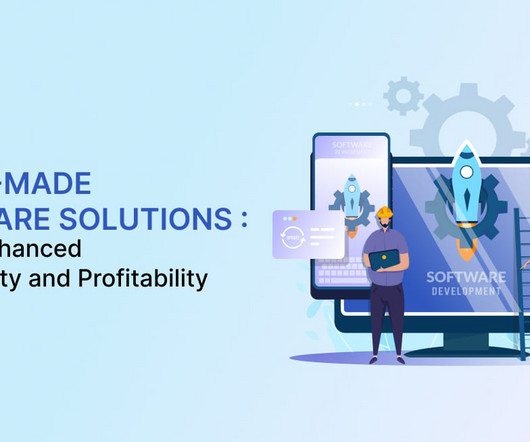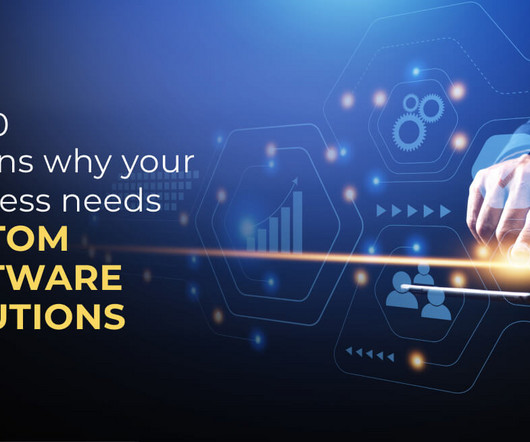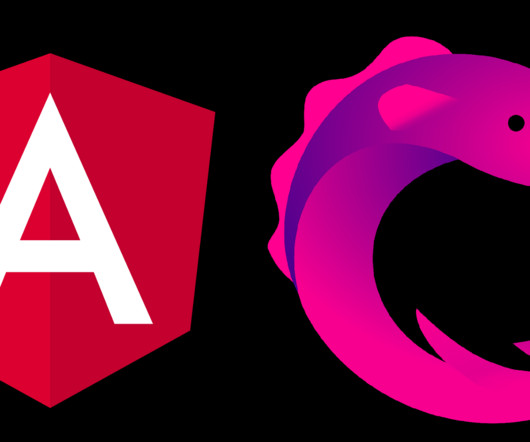What is Commercial-Off-the-Shelf (COTS) Software
Openxcell
JUNE 27, 2022
COTS stands for Commercial-Off-the-Shelf, and it refers to software targeted to a certain, specially defined range of business based on predetermined specifications. It also alleviates concerns about the challenges of developing and sustaining private IT solutions compared to Commercial-Off-the-Shelf available IT applications.





















Let's personalize your content